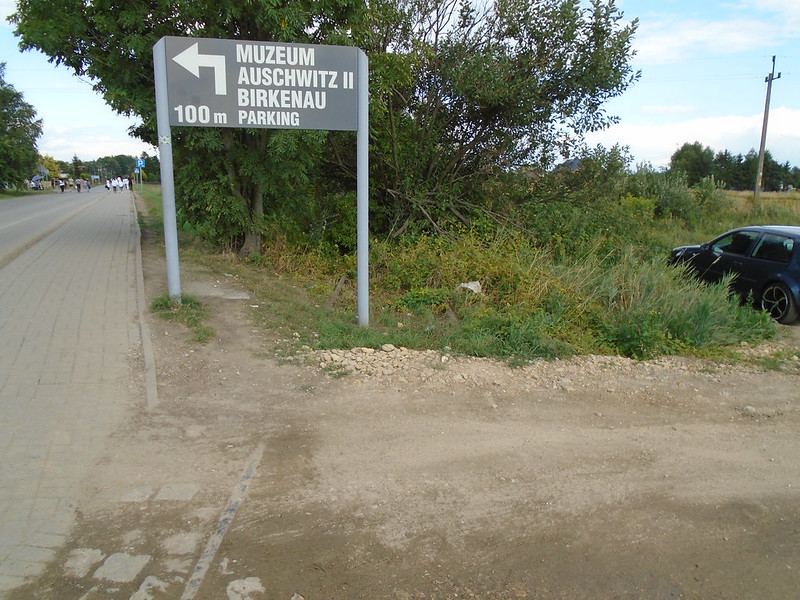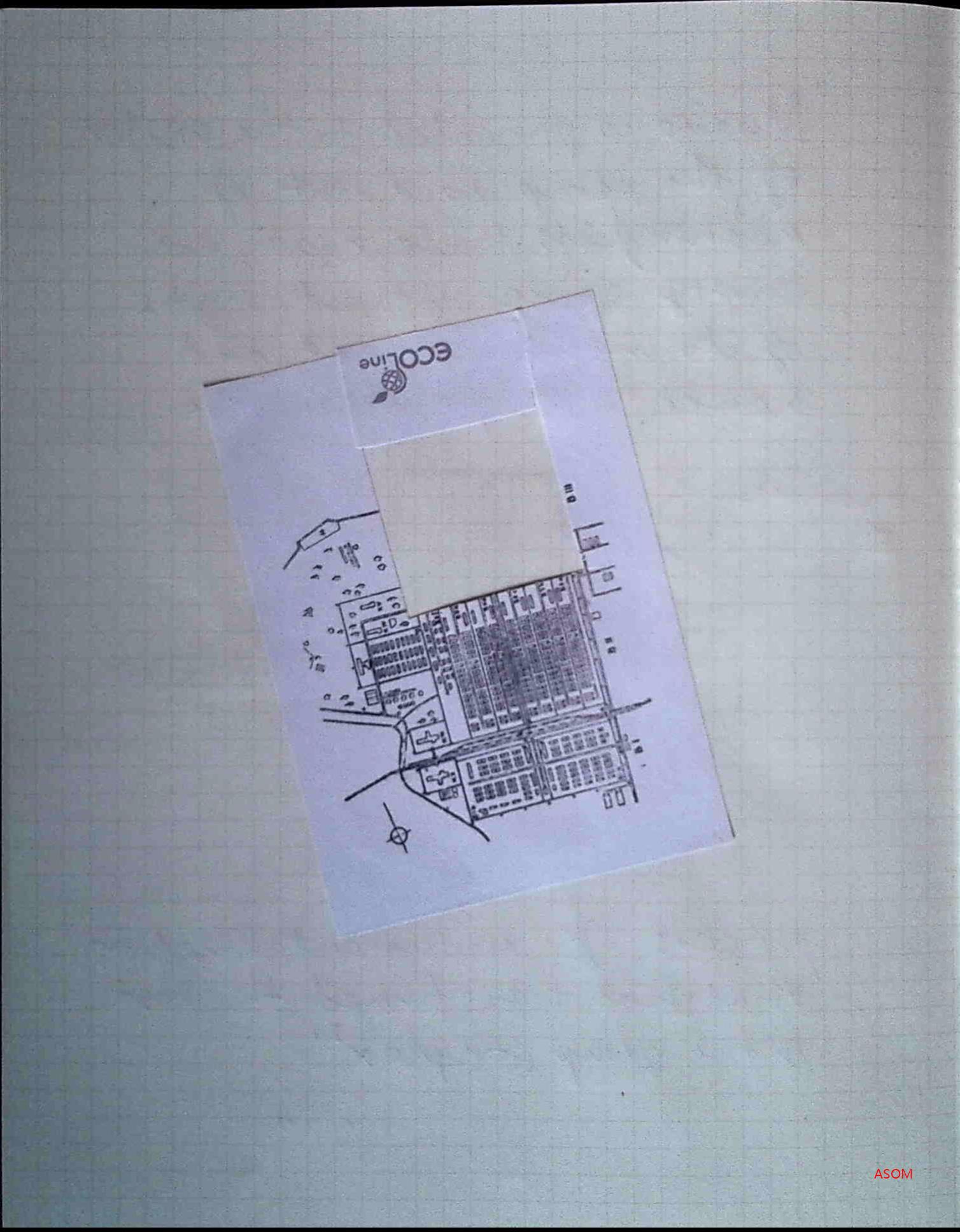Category: Deep Mapping
You can only go to Auschwitz for the first time once

You can only go to Auschwitz for the first time once.
When I walked from my hotel the first time I had no idea what was hiding from me in plain view in the landscape. I didn’t know anything. I didn’t know that my hotel, the Polin, carried the Yiddish name for Oswiecim. I didn’t know that behind my hotel, below my balcony, was the remains of Jew Street, where the biggest synagogue had been until destroyed by the Nazis. I didn’t understand that the huge new hotel that stretched from the riverside to the top of the hill was built on the site of a Jewish business. All I knew was that I could walk from here to the remains of the camp known as Auschwitz.
I had a simple plan, to walk through town, cross the railway lines and on towards Birkenau. I didn’t think too much about what I was going to encounter—a lifetime of pictures and books seemed to have prepared me. I was looking for the abyss.
The large camp at Brzezinka is almost due West from the old town square where I am staying. My hostel overlooks the Ryka at the front and, although I don’t yet know it, the site of the old Great Synagogue and Jew street at the back. I’ve spent some time gazing from my balcony down towards the river, the Sola and the huge new hotel that climbs up from the bank.
This hotel replaced the house and factory warehouse of the Haberfeld vodka brand, though I don’t know that either on my first trip. There are many things I don’t know and, it seems, no simple way of learning them except by being in the space. I learn to be observant.
That first day I set out to walk to Birkenau. There are several possible routes and my approach is a bit random, but I know the rough direction. I have to cross the river and the railway, they are the bounding elements of the Zasole district, the new town on the West bank of the river.
I didn’t know how many ways there were to cross the river so I head down to the road bridge that spans the Sola in front of the new hotel.
I retrace my route that day, October 3 2018, by looking at the photos I took. I took my first image at 9.02 and then at 9.07 outside the Youth Centre. After that I didn’t take anything more until I reached the overpass that takes the road to Birkenau over the m. Kolbego main road and the PKP railway line.
I emerged back at the railway station and took a left on the Krakow road that runs parallel to the tracks. I emerged opposite the huge Soviet station that did not have much time left in this world. By the following year it had been demolished and a new, smaller and modern station was being built along with the modernisationa and electrification of the Chrzanow-Krakow line. The line from Katowice and to the Czech Republic meet here. Three rivers, three rail lines.
This crossing has clearly been rebuilt and realigned since the war—there are the remains of a previous bridge emerging from the undergrowth on the West side. The bridge crosses from the Zasole district towards Auschwitz II Birkenau, but there are no signs on the main road.
All along this route I didn’t think much about where I was or what else was in the landscape, but I quivered with anticipation of seeing the camp appear ahead of me. I can’t say I had a picture in my head of what I was going to see although everyone knows the image of the gatehouse. I just knew that I was walking into the past, slouching towards the abyss and that this time there was no distance between me and it.
Consider if this is a map
Stones of Arran
Tim Robinson didn’t invent deep mapping but he refined it to the nth degree with The Stones of Arran.
Here’s an interview with him.
Stones of Aran: Pilgrimage, the first volume of Tim Robinson’s comprehensive account of Árainn, the largest of the Irish Aran Islands, was first published in 1985, followed in 1995 by Stones of Aran: Labyrinth. It was not, however, till the reprinting of the volumes in 2008 and 2009 respectively that the books really began to gain traction, establishing Tim’s reputation as one of the greatest living chroniclers of landscape. His more recent oeuvre includes several books about Connemara, also in the west of Ireland. Now ten years on from the re-issue of Pilgrimage we are pleased to feature on the blog a previously unpublished interview with Tim, carried out via email in May 2014 by Land Lines research team member Pippa Marland.










